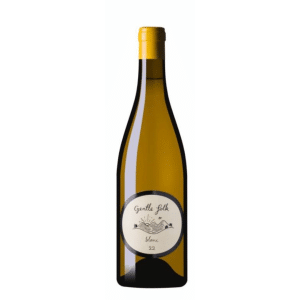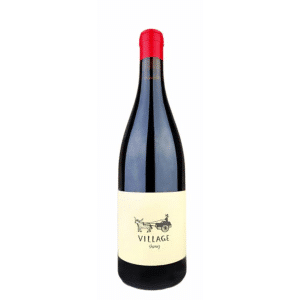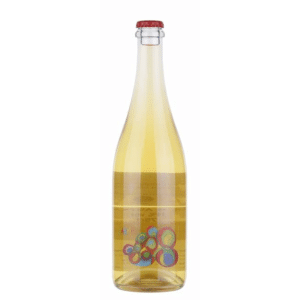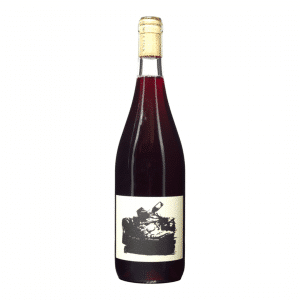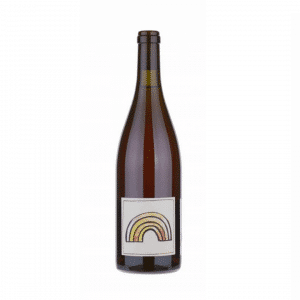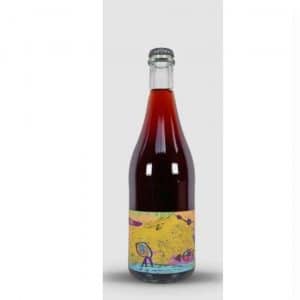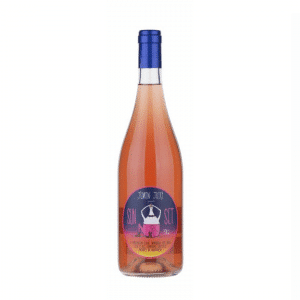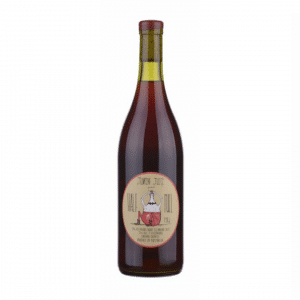Australia
-
Add to WishlistAdd to Wishlist
-
Add to WishlistAdd to Wishlist
-
Add to WishlistAdd to Wishlist
-
Add to WishlistAdd to Wishlist
-
Add to WishlistAdd to Wishlist
-
Add to WishlistAdd to Wishlist
-
Add to WishlistAdd to Wishlist
-
Add to WishlistAdd to Wishlist
-
Add to WishlistAdd to Wishlist
-
Add to WishlistAdd to Wishlist
-
Add to WishlistAdd to Wishlist
-
Add to WishlistAdd to Wishlist
-
Add to WishlistAdd to Wishlist
-
Add to WishlistAdd to Wishlist
-
Add to WishlistAdd to Wishlist
-
Add to WishlistAdd to Wishlist
Australia: Reflections
The grapevine was imported to the continent in the 1700s by the first European settlers, and took root so well that a century later Australia was already recognised by the British as a robust supplier of wine. Until 1970, this was basically fortified, but later gave way to table wine, which was in great demand and, it is said, of incredible longevity.
Australia's exports in the decades that followed grew exponentially, hand in hand with the multiplication of vineyards and producers, with a peak of almost 9000 companies in 2004. However, the country is strongly influenced by two very current oceanic phenomena, El Nino and La Ninawhich have always exacerbated the climate. And so it is that since 2006 Australians have gone through periods of incredible drought, so much so that in 2012 almost 3000 businesses had closed down. These phenomena have been most evident in the eastern part of the continent, while sublime vintages have also been recorded in the west since 2006.
Notoriously, quality Australian producers are very attentive to the tastes of foreign customers, but this changes radically when it comes to wine factories and thus wine transported in tanks. This comes from the poorer inland vineyards and from real factories such as those in Riverland, in the southern part of the continent, Murray Darling , between Victoria and New South Wales and Riverina, full New South Wales. These are regions that survive thanks to the rivers that flow through them. In short, it is a land of often difficult conditions, but it is capable of producing wines that are nothing short of amazing.
The most important wine-growing areas, starting from the west: around Perth we find the Swan District and Perth Hills, further south Peel and Margaret Riverfrom here we move along the coast into the Great Southern, and you come across Manjimup and Blackwood Valley, enclosed between Pemberton and Geographe. To find noteworthy vineyards, one must travel a good thousand kilometres to the east, until one crosses the South Australia, and the legendary Barossa Valleynot far from Adelaide. Also in this part of the country are two other very interesting areas such as Eden Valley and Clare Valley. But it is south of Adelaide that one finds another pearl, whose celebrity is matched only by that of the Barossa, we are talking about the McLaren Vale. Finally, around the Adelaide geneosa, we cannot fail to mention the whole area of hills that is coming to the fore, in particular the Piccadilly Valley and Lenswood. Far to the south, but still to the east, and in the vicinity of Victoria, we find Coonawarra, and its amazing red soil. You then enter Victoria, the Melbourne region, perhaps the most interesting and dynamic wine producing part of the entire country. including the Mornington Peninsula and Yarra Valley sub-areas. The production region further south is Tasmania, with its very high altitudes. At this point you have to move north and New South Wales. Along the Hunter Valley the climate is tropical and unsuitable for vine cultivation, except in the last stretch, that of Pokolbin, north of Cessnock. Very close, but facing west, we find the historic areas of Orange, Mudgee and Cowra. A little further south the Camberra District. The last areas worthy of mention are in the north, in the Queenslandnot far from Brisbane and bear the name of South Barnet and New England Australia.
Australia relies on over 130000 hectares under vine, and with 13 million hectolitres it is the eighth largest producer in the world, this is worth an export of almost 290 million euro.

